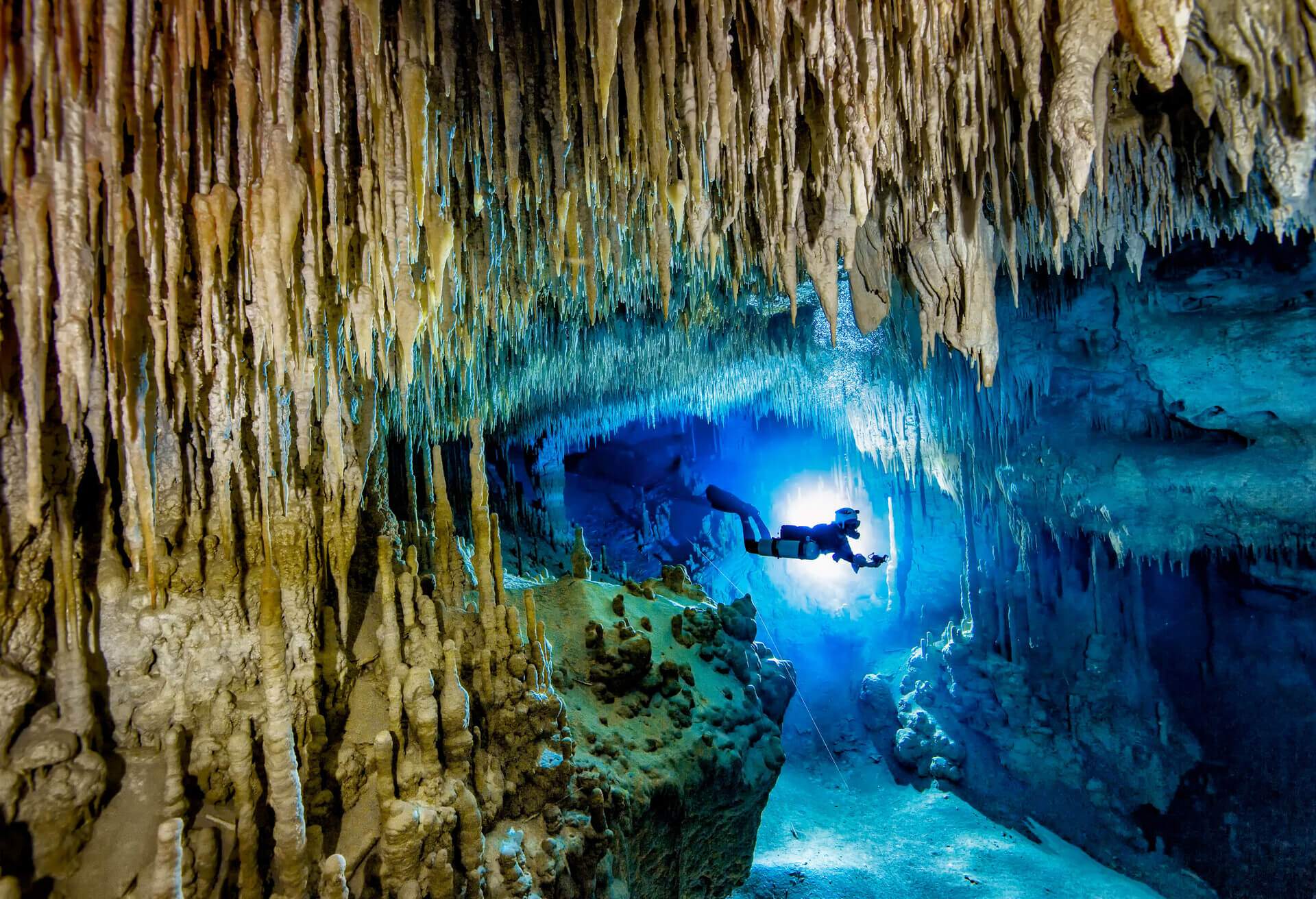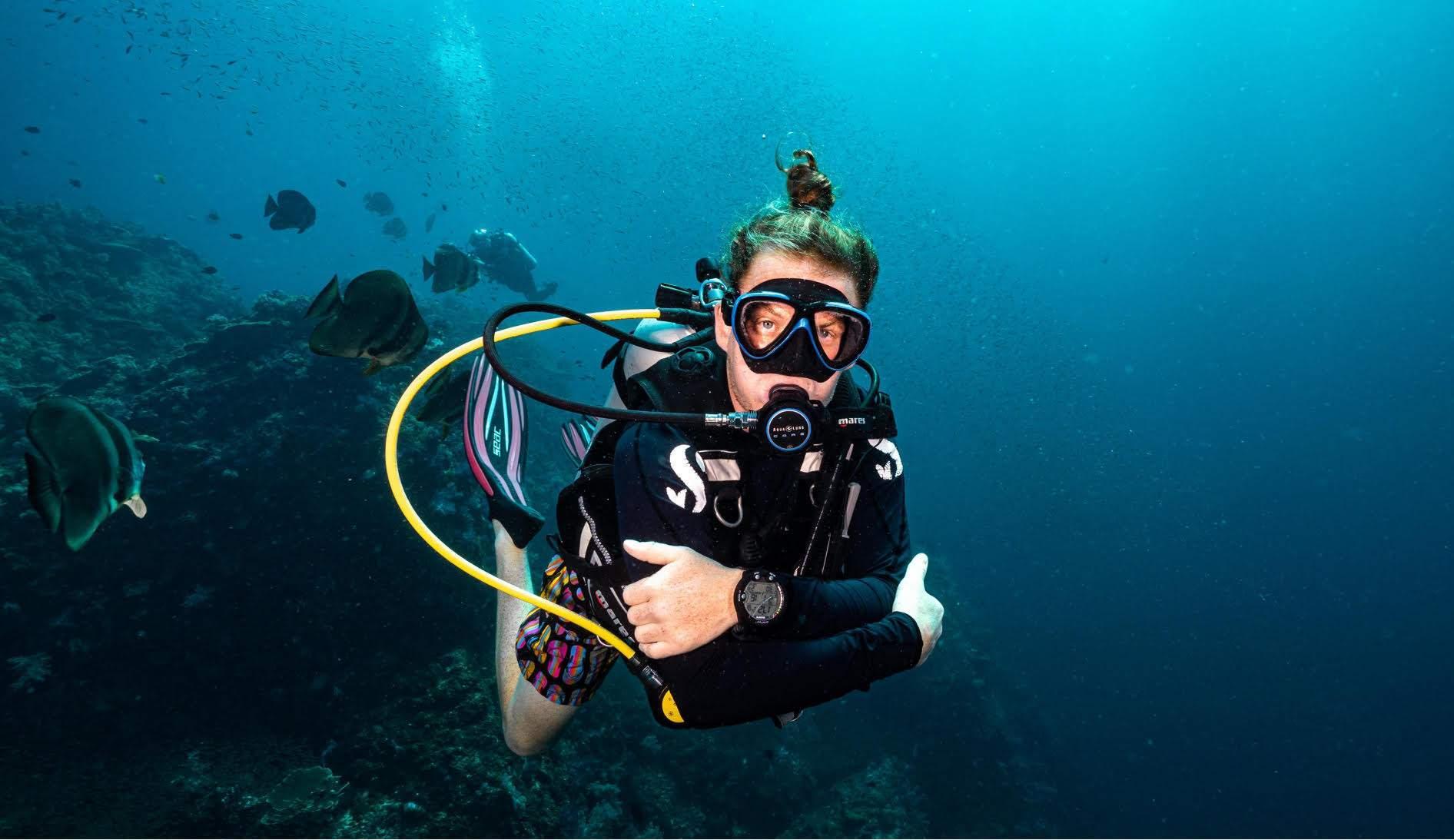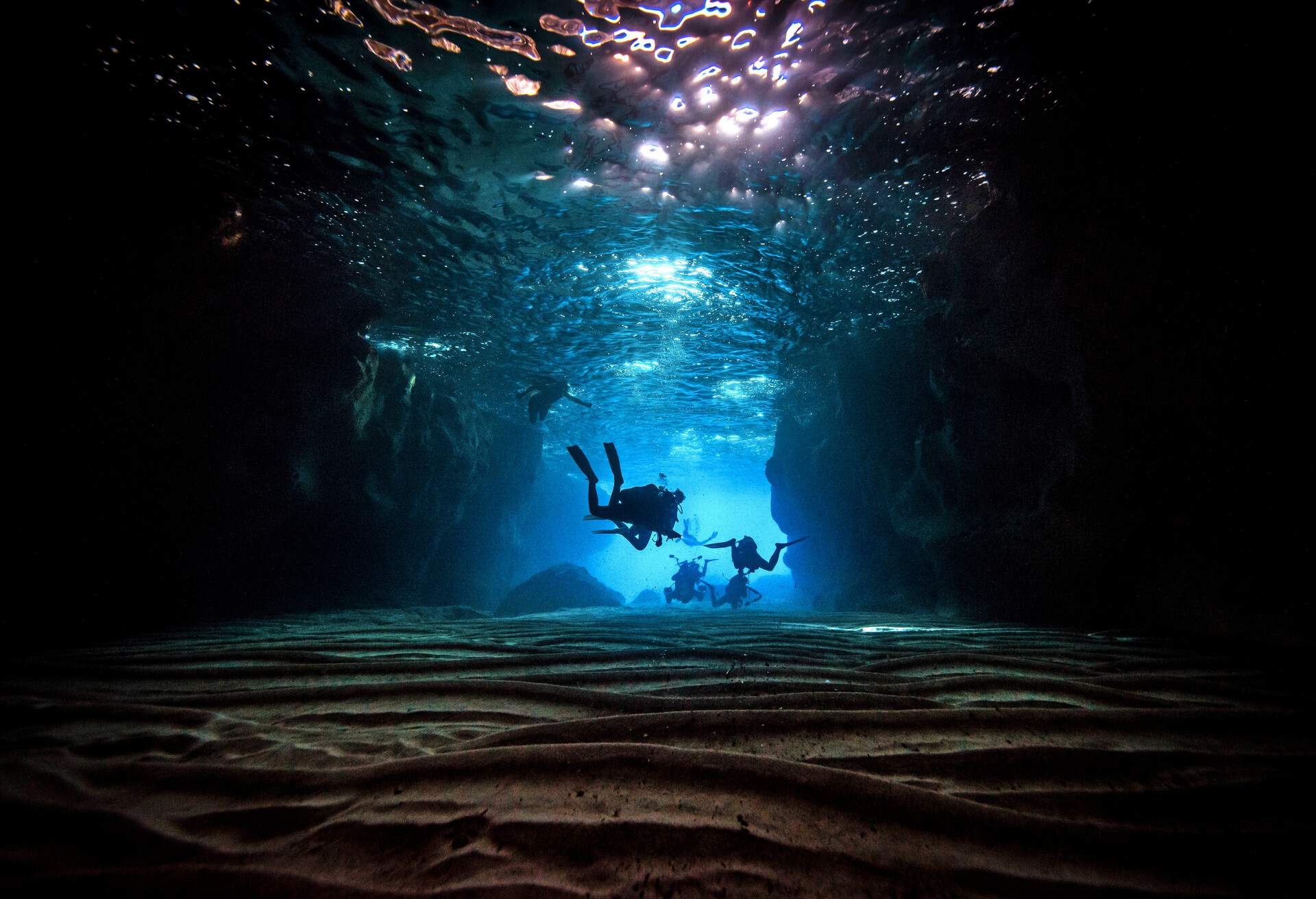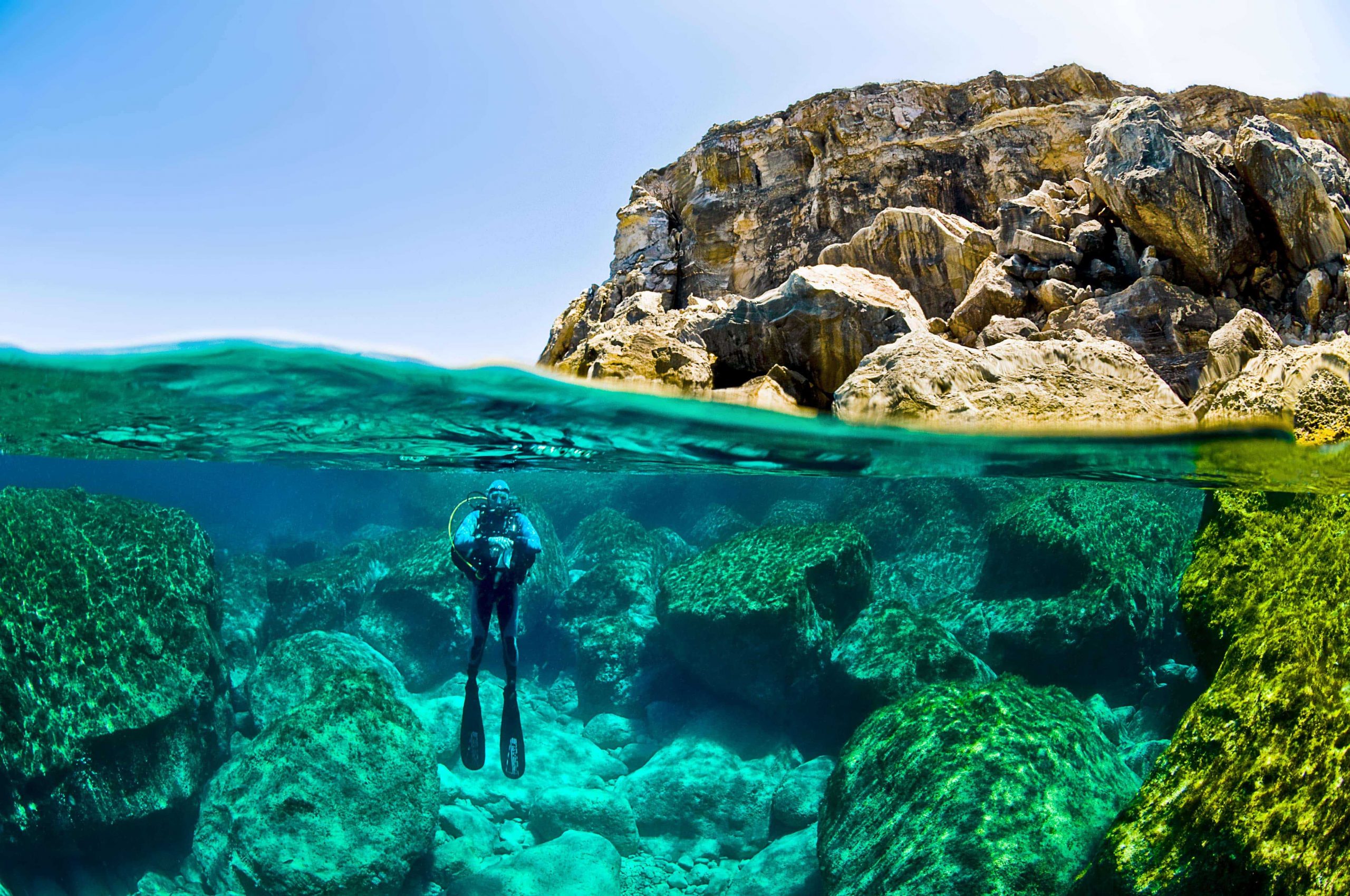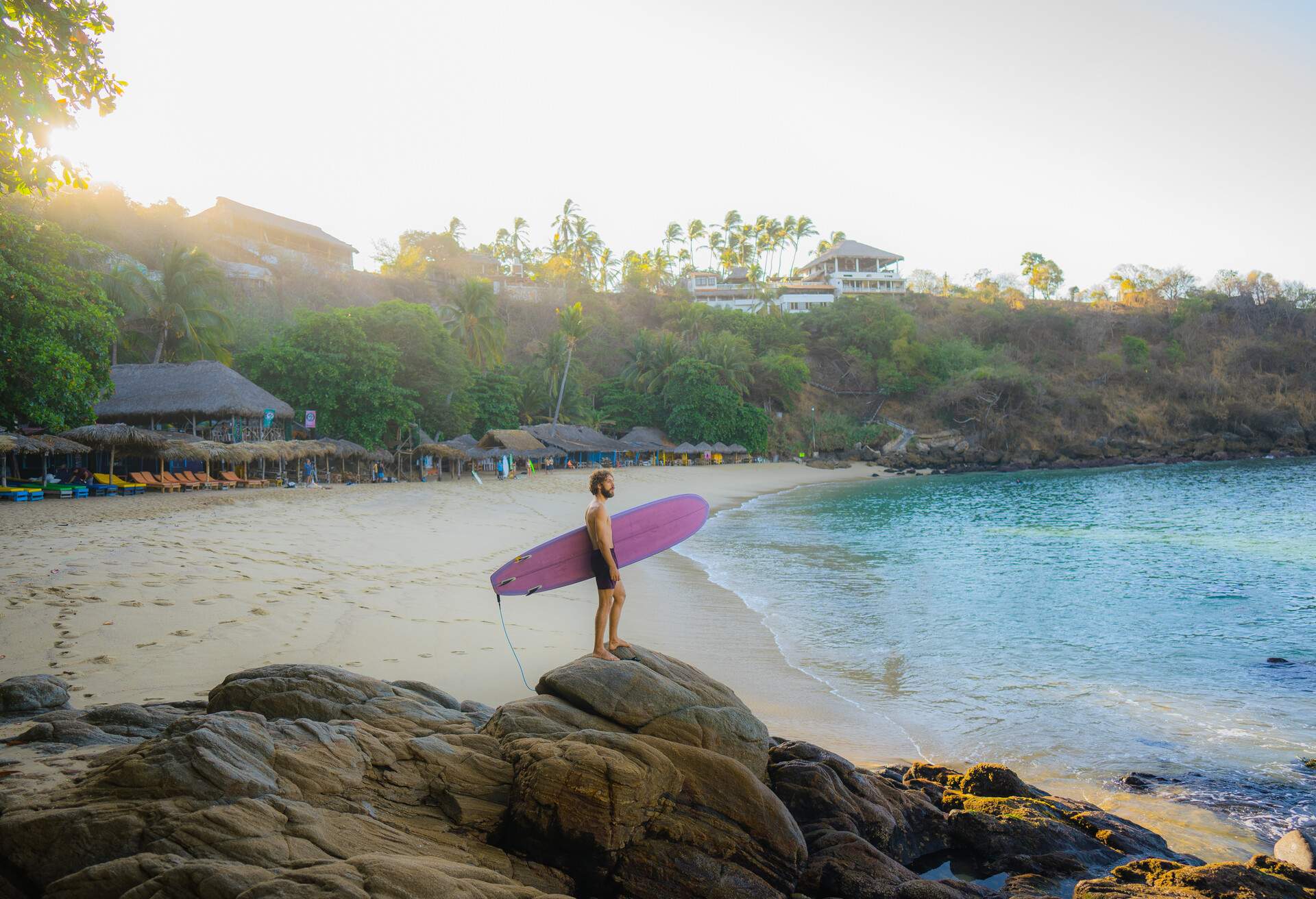It’s easy to find and access good scuba diving in Mexico, but how do you find the place that suits you the best? Well, with a little help from this article you can find a destination that will leave you stunned. Mexico offers everything from huge pelagic animals to small snails and in this guide you can find out all about it.
1. Cozumel – a colorful experience
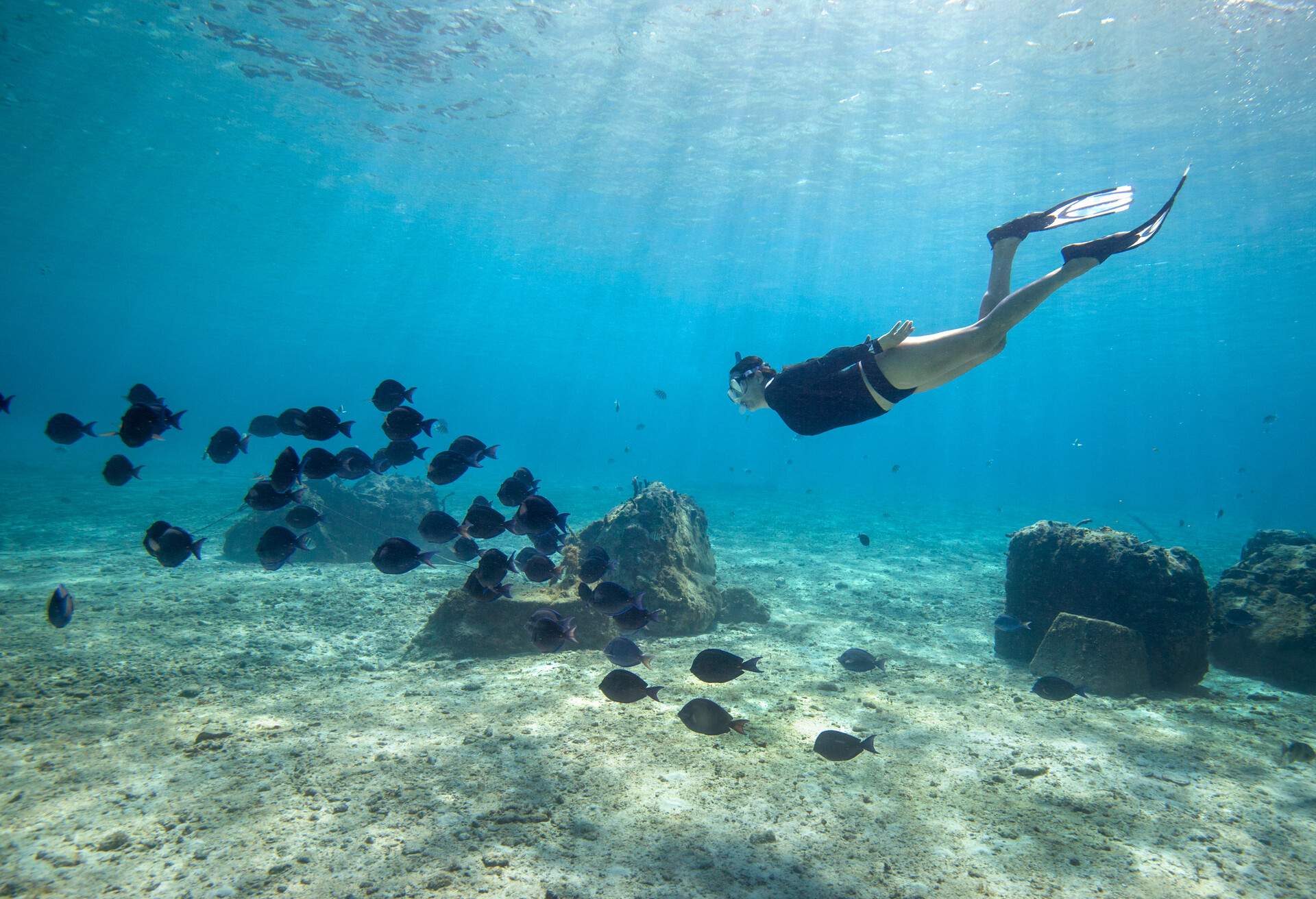
If you’re dreaming of visiting a rainbow-colored world when diving in Mexico, this is where you want to go. The reefs outside Cozumel Island has been a protected marine park for over 20 years. It’s home to an abundance of tropical fish and colorful hard corals, sponges and gorgonian fans.
Drift along walls
Just a short ferry ride from the party center of Playa del Carmen you find an island vibe that is way more relaxed and divers excited to take you out to the reef. Divers travel here from all around the world to enjoy drift diving along the many famous walls. Some of them has a sheer drop off at 65 feet that goes down to 3000 feet. Cozumel is exciting for both beginners and experienced divers and if you’re here right time of the year you have a good chance to spot schools of eagle rays.
2. Diving the cenotes
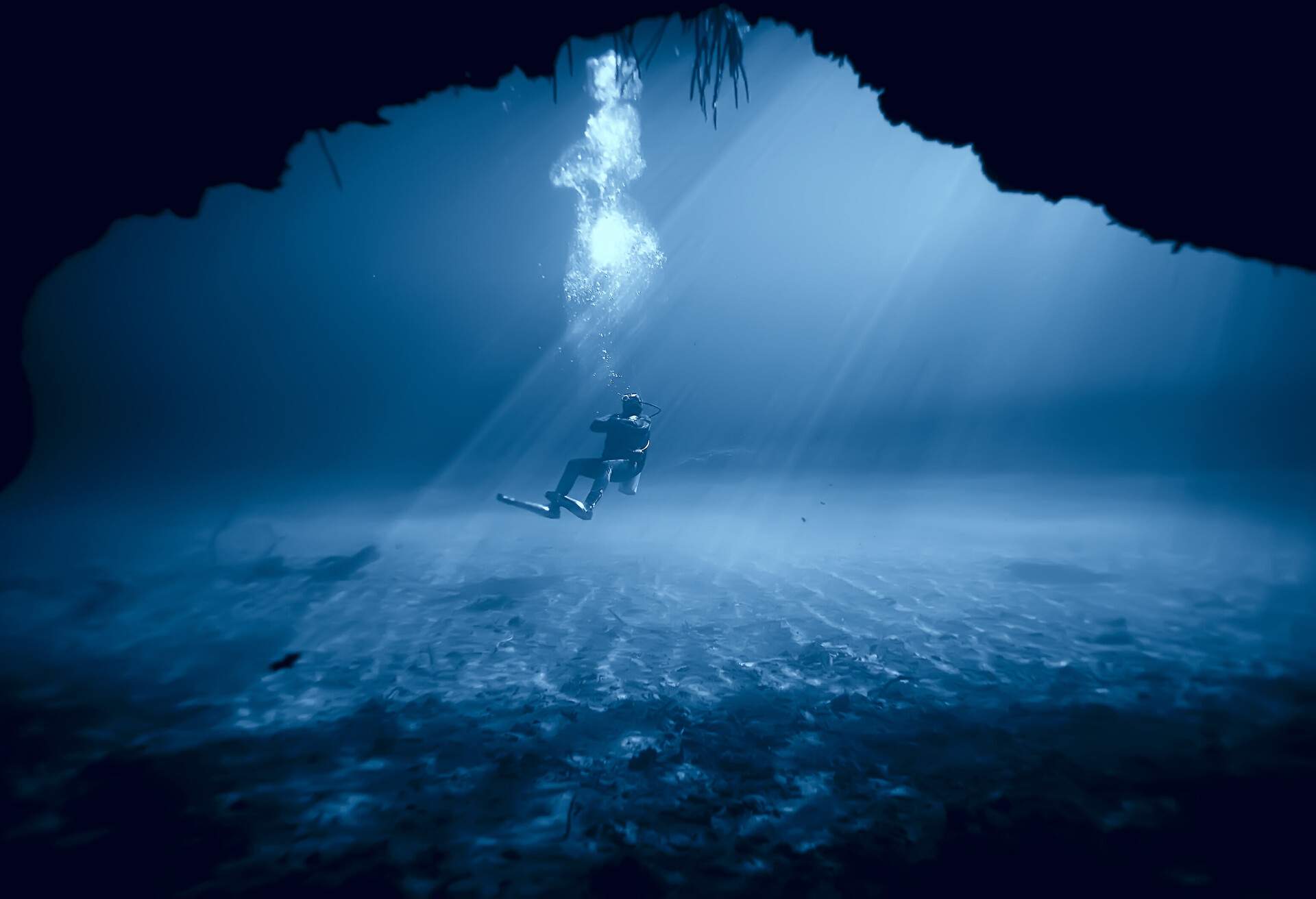
Imagine diving in a beam of sunlight feeling like a superstar on a stage. That’s what it feels like when scuba diving in a Mexican cenote. You’ve most likely heard about the cenotes before. Over 6,000 limestone sinkholes, caverns and caves are sprinkled all over the Yucatan peninsula. Since the last ice age ended they’ve been filled with water and today they are very popular with divers.
Just magical
As an experienced diver myself I aimed for the best and most beautiful cenotes when I visited. I ended up diving ”The Pit” and ”Dreamgate”, and by choice missing out on the famous Dos Ojos. I was not disappointed. During spring the sun is coming from the perfect angle to create an magical scene in ”The Pit”.
”Dreamgate” is completely different with a maximum depth at 6 meters and navigating through a maze of stalactites and stalagmites. We’re diving below the jungle – literally, in some places the roots of trees has found their way down through the ground into the water.
3. Isla Mujeres – dive with sailfish
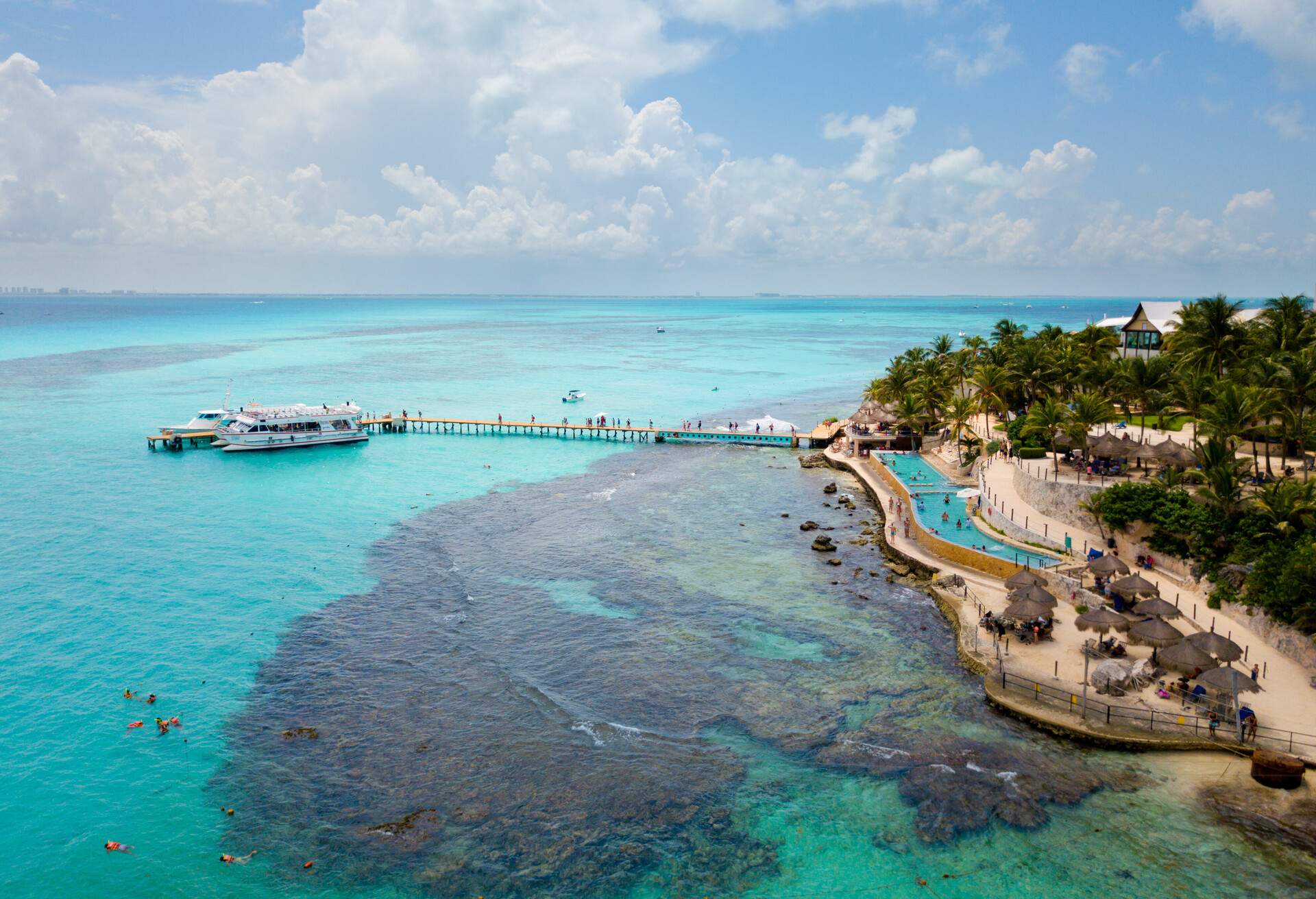
Isla Mujeres is far busier and a more touristy island than the south neighbor Cozumel. This is the place to be if you want to have an encounter with large pelagic species.
During January and February vast numbers of sail fish gathers in the waters around Isla Mujeres. The sail fish is the fastest fish in the sea and if you’re lucky you’ll get to see them bait ball hunting as they feast on sardines.
Many whale sharks visits
In the summer months huge amounts of whale sharks are in the area and some operators offer snorkel trips a distance from Isla Mujeres. This is where the whale sharks and also mantas coming to feed on bonito eggs after spawning events.
But Isla Mujeres also offers great diving year-round with abundant marine life and corals perfect for both beginners and experienced divers. The island is also famous for the underwater museum that has over 500 sculptures for display, like a Volkswagen Beetle, human statues and houses etc.
4. Northern Sea of Cortez – dolphins and sea lions
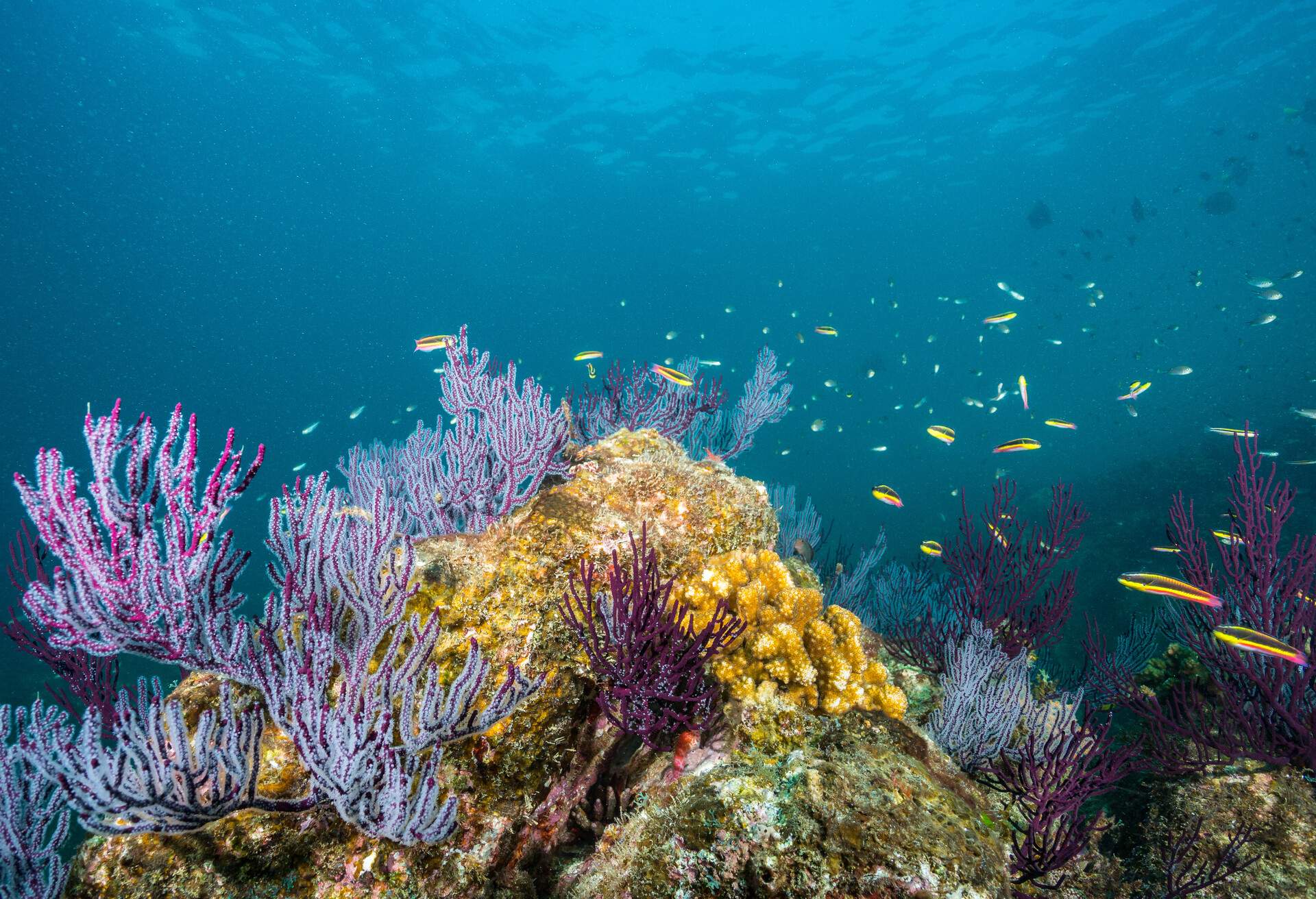
Being on the Unesco World Heritage list – the northern Sea of Cortez is a must if you planning on diving in Mexico. The Sea of Cortez, which is the stretch of water between Baja California and mainland Mexico, is a unique place with its huge biodiversity thanks to the plankton-rich water.
Isolation makes it unique
Thanks to being isolated from the pacific ocean the ecosystem has more than 800 types of vertebrate in the food chain. In this area you find the highest ambulance of marine mammals in all of Mexico. There are for example dolphins, sea lions and a resident pod of fin whales. Imagine hanging out with a sea lion beneath the surface, how cool right?
When going here, don’t miss the Midriff Islands that is perfect for macro diving and home to large numbers of nudibranchs. The beautiful snails that comes in thousand different colors and shapes makes you feel you’re in outer space.
5. Chinchorro banks – a close up with crocs
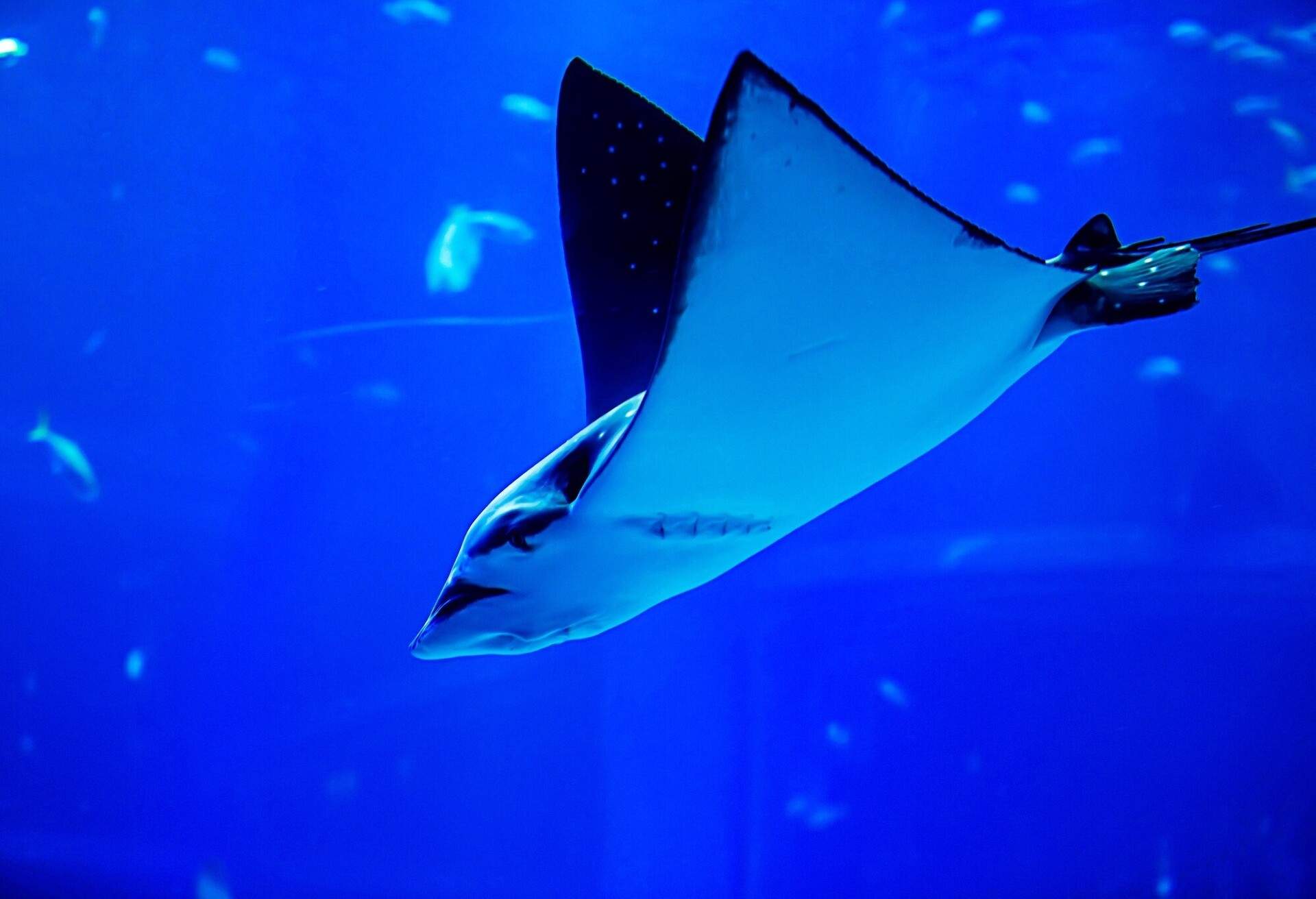
Some people call this isolated atoll one of the best diving destinations in the Northern Hemisphere. I’m not sure if I want to go that far, but there is no doubt that Chinchorro banks is an amazing area to get your feet wet, a hidden gem for sure. Only a few hours drive from the city of Cancun further up the coast it’s fairly easy to get here. But that said, most tourist tend to stay around Cozumel and Playa del Carmen, which leaves the banks with no big crowds.
Colorful experience
Jump in and enjoy easy drift diving in this pristine and unique area with beautiful corals. If you’re lucky you’ll see Queen and French angelfish school up in an amazing colorful underwater show. Beneath the corals you can spot lobsters, groupers and stingrays.
Are you a daredevil? Well then, in these waters the American saltwater crocodile is a resident, gather all your bravery because it’s possible to get up close and personal with these beasts.
6. Cabo San Lucas – spot humpback whales
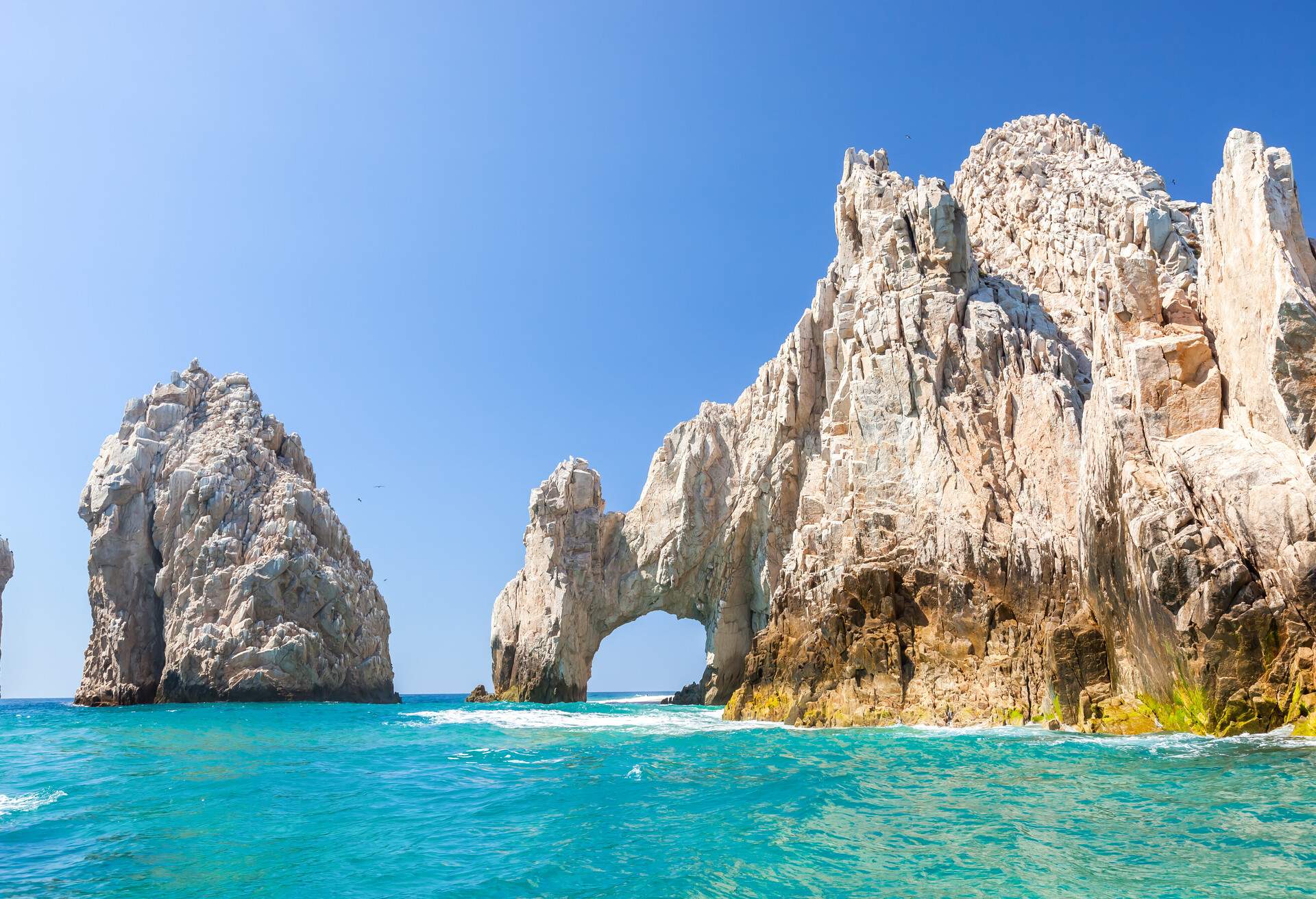
Where the pacific ocean meets the Sea of Cortez, on the southern tip of Baja California, you find Cabo San Lucas. This place has a good range of diving, from sheltered San Lucas Bay to more advanced dive sites with everything you could dream of. For example the dive sites Santa Maria and Chileno Bay that are teeming of life. Schools of colorful fish right in your face together with nudibranchs and lobsters. What makes the diving here a little more adventurous are the sea lions that appear in abundance.
Tough – but massive reward
Off the coast you find Gordo Banks which is not a place for beginners, the diving is hard with strong currents. But the reward is massive, humpback whales and gray whales can be seen from December to May. That is also the best time for spotting scalloped hammerhead sharks.
7. Cabo Pulmo – hammerheads and mobula rays
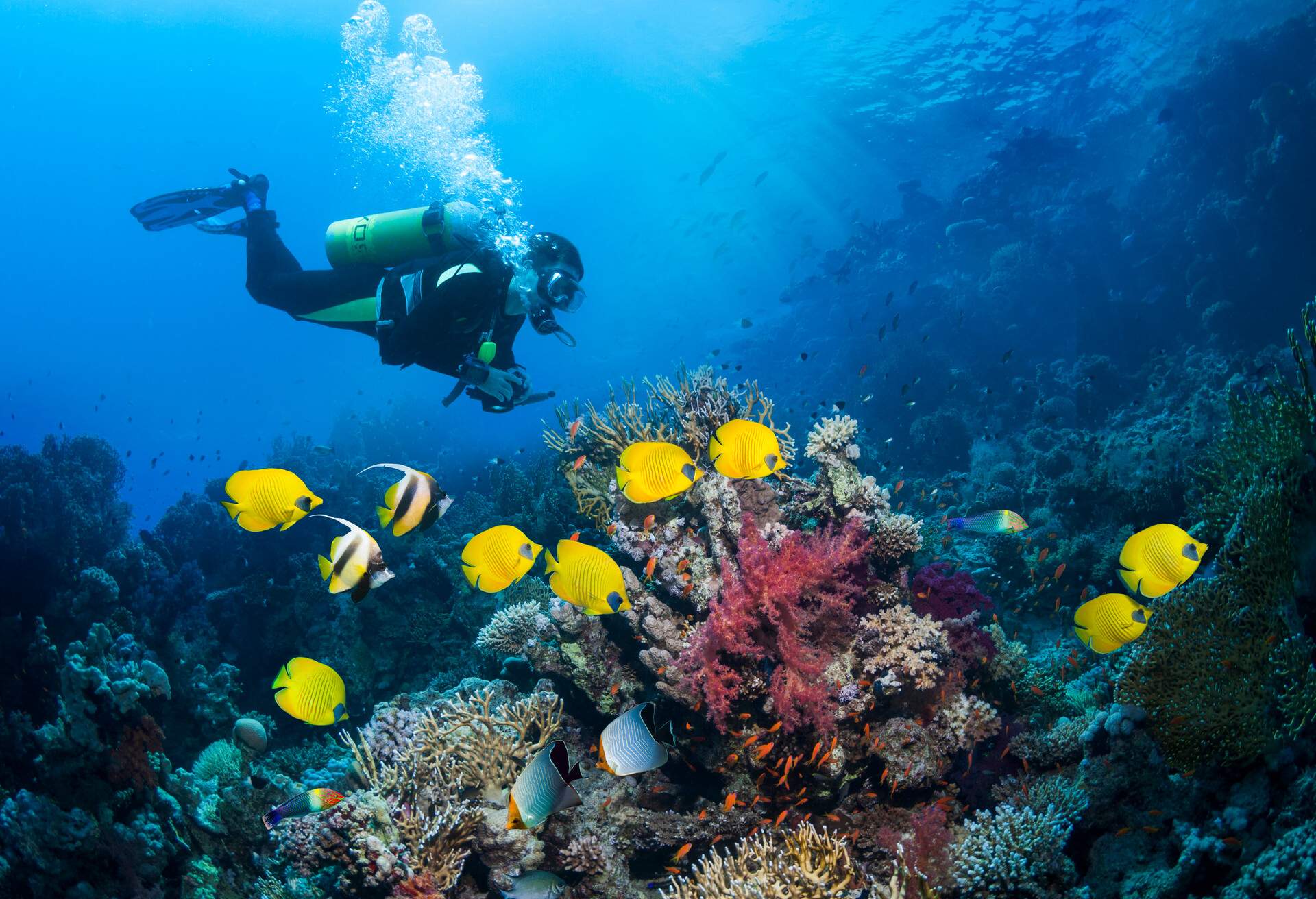
Do you want to dive with hammerhead sharks, mobula rays, humpback whales, gray whales and sperm whales? Well, say no more. Book your trip to Cabo Pulmo immediately. Cabo Pulmo is a protected National marine park, also on the south part of Baja California peninsula, consisting of 27 square miles of the northernmost hard-coral reef in North America.
Want to see a bait-ball?
During the winter months is when you have the chance to spot all whales and sharks as they stop on their migration route to feed on bait-balling schooling Jacks. An incredible event to be a part of under water.
When you’re done with the big stuff, the inshore reef pretty much guarantee an explosion of color with so much small stuff to explore if you look really closely.
8. Dive with bull sharks Playa del Carmen
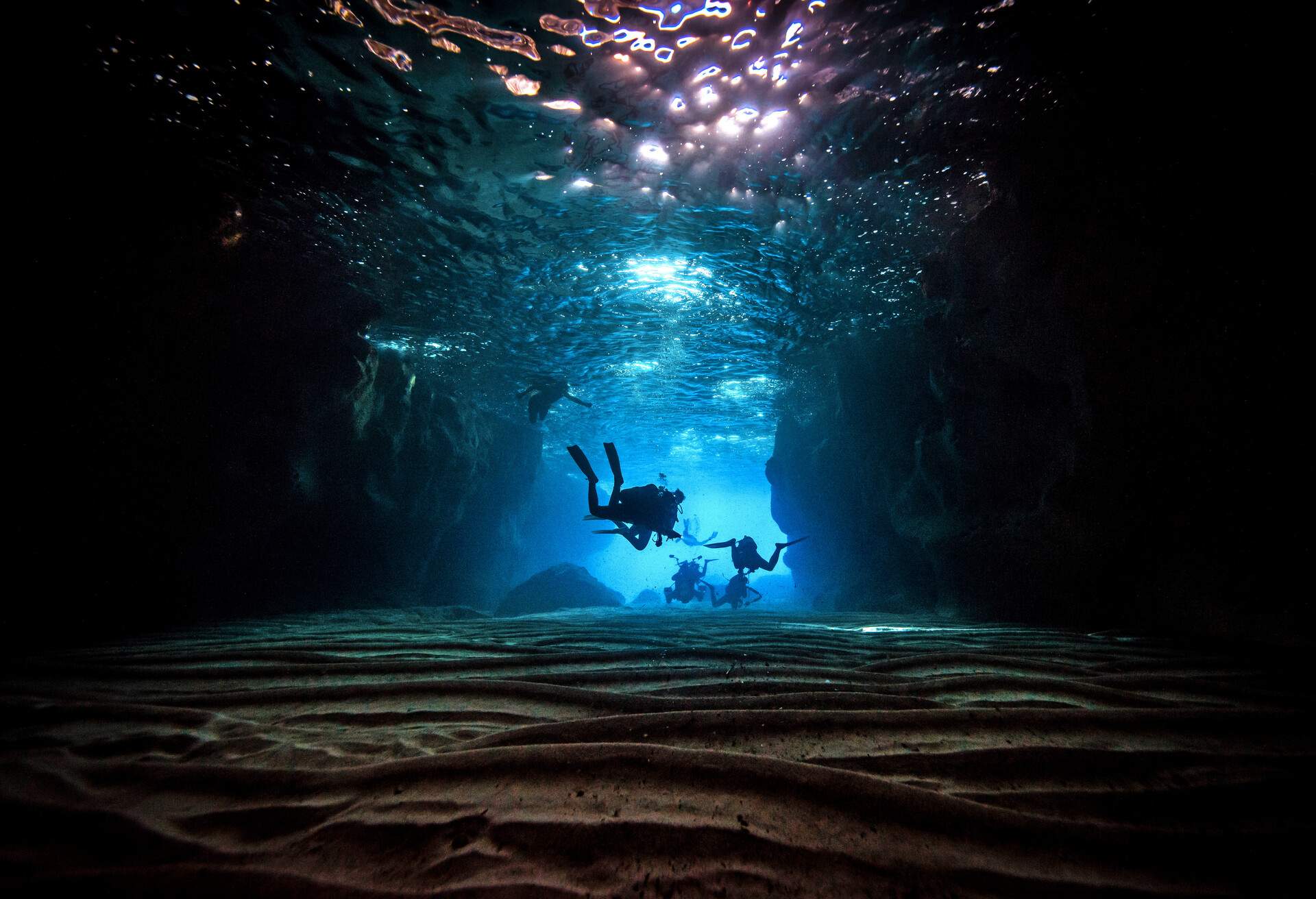
If you’re after a real thrilling experience you should aim for a dive with the bull sharks in Playa del Carmen. November till March the female bull sharks returns here, to their breeding ground, before they migrating north. The site where you can dive with these incredible creatures is located just a few minutes away from the beach by boat.
Fresh water get their attention
A shark dive is on many divers bucket list and here you have the chance to do it fairly easy and affordably. Why do the bull sharks come here? Well, they are drawn to the freshwater that pump out into the sea from the many cenotes on the Yucatan peninsula. With a bull shark dive in Playa del Carmen you’ll get a close encounter with these sharks that you’ll never forget.
Diving in Mexico: FAQ
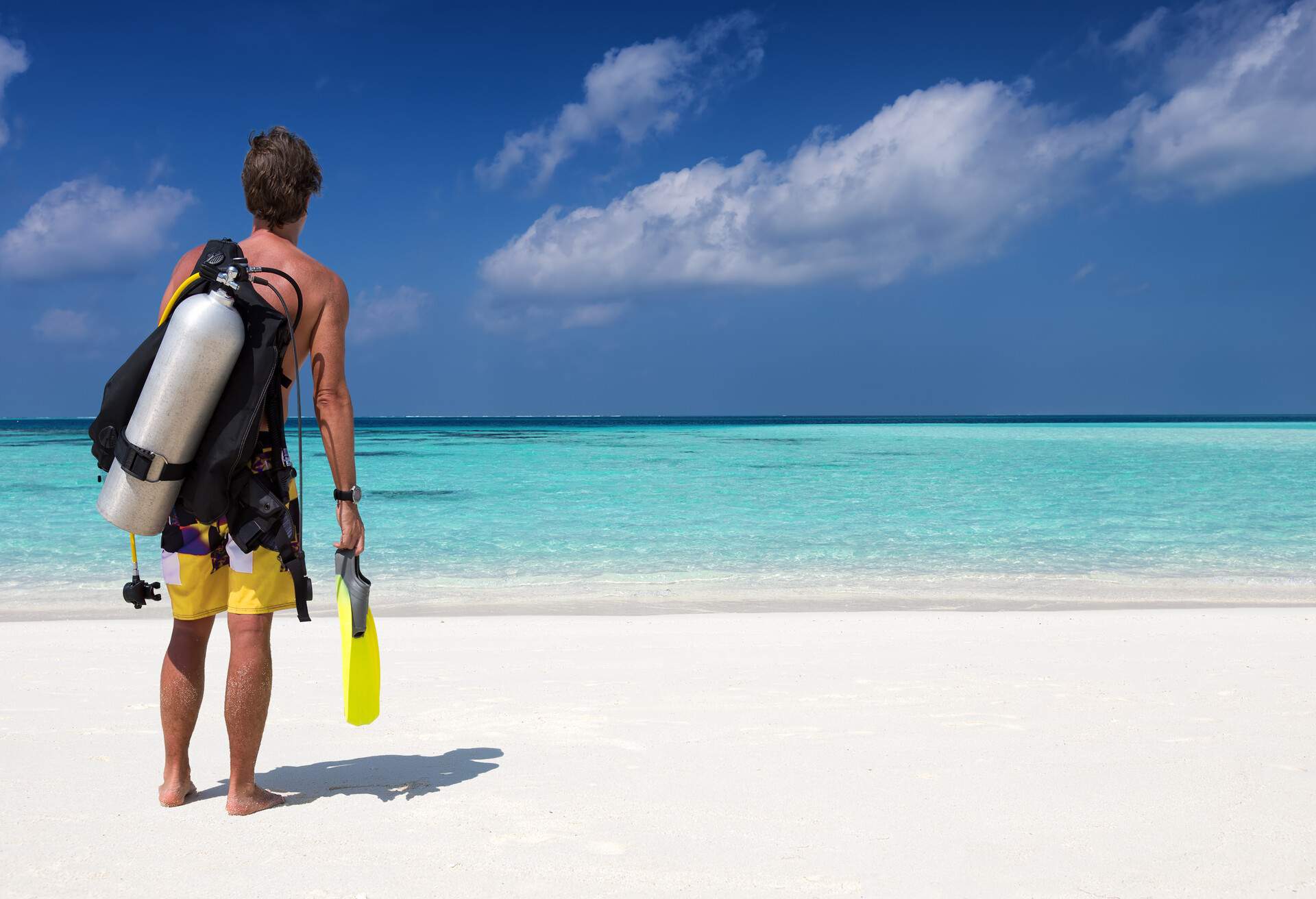
Is Mexico good for scuba diving?
The answer is undoubtedly yes. Mexico has long stretched of coast to the pacific ocean and the Caribbean with lots of coral reefs, fish and pelagic species. As a bonus they have the water filled caves and caverns, the so called cenotes.
How much does it cost to go scuba diving in Mexico?
The cost varies around the country from around 90 USD for a two tank dive trip to some places charging around 85 USD for just one dive. You can find dive centers offering three dives for around 130-140 USD. Most dive centers provide discounts the more you dive. Diving the Cenotes also varies a lot as some places include equipment in addition to the entrance fee while some don’t. For a liveaboard you can count on paying up to around 2700 USD for five nights with 14-16 dives.
Where can you dive in Mexico?
Pretty much anywhere where you’re close to the coast. Mexico has plenty of options with different types of diving and a big range when it comes to difficulty.
